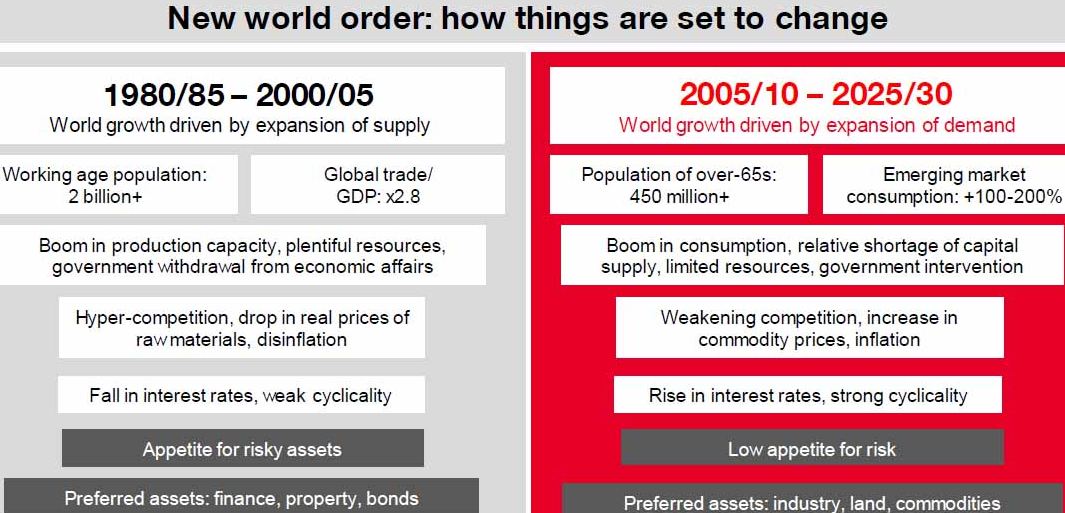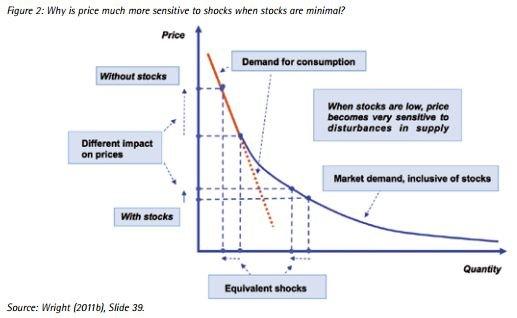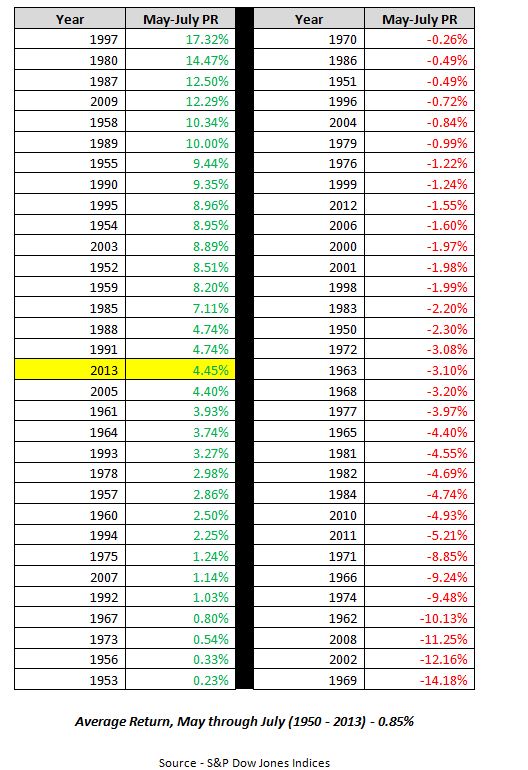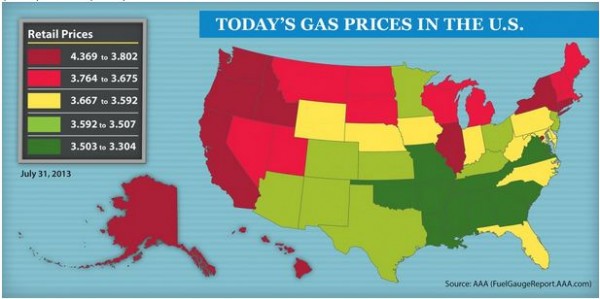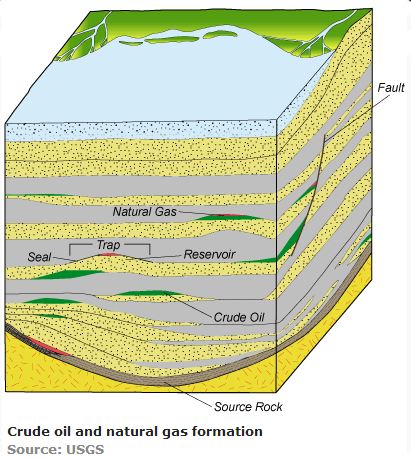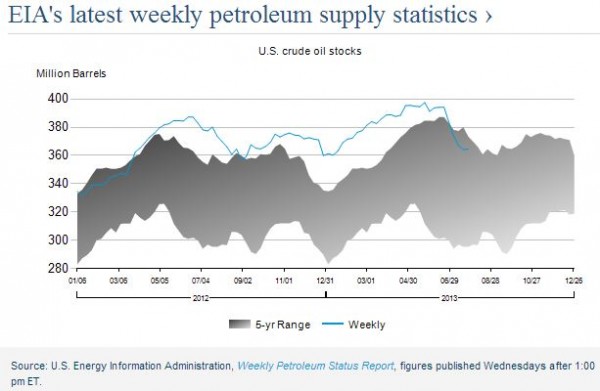The Securities and Exchange Commission recently issued exemptive orders to three new exchange-traded funds – essentially granting approval to allow these funds to proceed to market – that dramatically liberalize the operations of “self-indexers”. Such firms not only manage the ETF, they (or an affiliated entity) also maintain the index on which that product is based. As recent headlines have all too clearly demonstrated, serious and costly conflicts of interest arise when proper separation is not maintained between index and product management.
Historically, the SEC required that affiliated index methodologies be made public, that third parties be responsible for calculation of the index and that formal firewalls be in place to protect against information leakage between index maintenance and portfolio management. In these new orders, however, the SEC effectively argues that access to daily ETF holdings are all investors need to be assuaged of concerns regarding potential conflicts. Yet, mere awareness of holdings provides no insight into how or why those holdings were selected or otherwise came to be portfolio components.
The extensive manipulation of LIBOR was facilitated by the lack of controls surrounding benchmark maintenance and product issuance. In response to the scandal, a whole host of regulatory authorities – the International Organization of Securities Commissions (IOSCO), the European Securities Market Authority (ESMA), the European Commission, and others – have sought to dramatically increase the controls and transparency surrounding benchmark maintenance. Why, then, has the SEC moved in the opposite direction? Why do these new orders seemingly run counter to the very notion of transparency, one of the central tenets behind the tremendous acceptance of passive, index-based investing?
The Index Industry Association (IIA), of which S&P Dow Jones Indices is a founding member, recently published a set of standards that define best practices for index providers. These practices are designed to ensure the highest levels of quality and integrity and cover areas such as index governance, the quality and transparency of index methodologies, data collection, and index calculation and validation. It is these very types of protections that regulatory bodies should embrace, rather than adopting practices that threaten the very philosophies that made indexing as reliable and popular as it is today.
The posts on this blog are opinions, not advice. Please read our Disclaimers.




